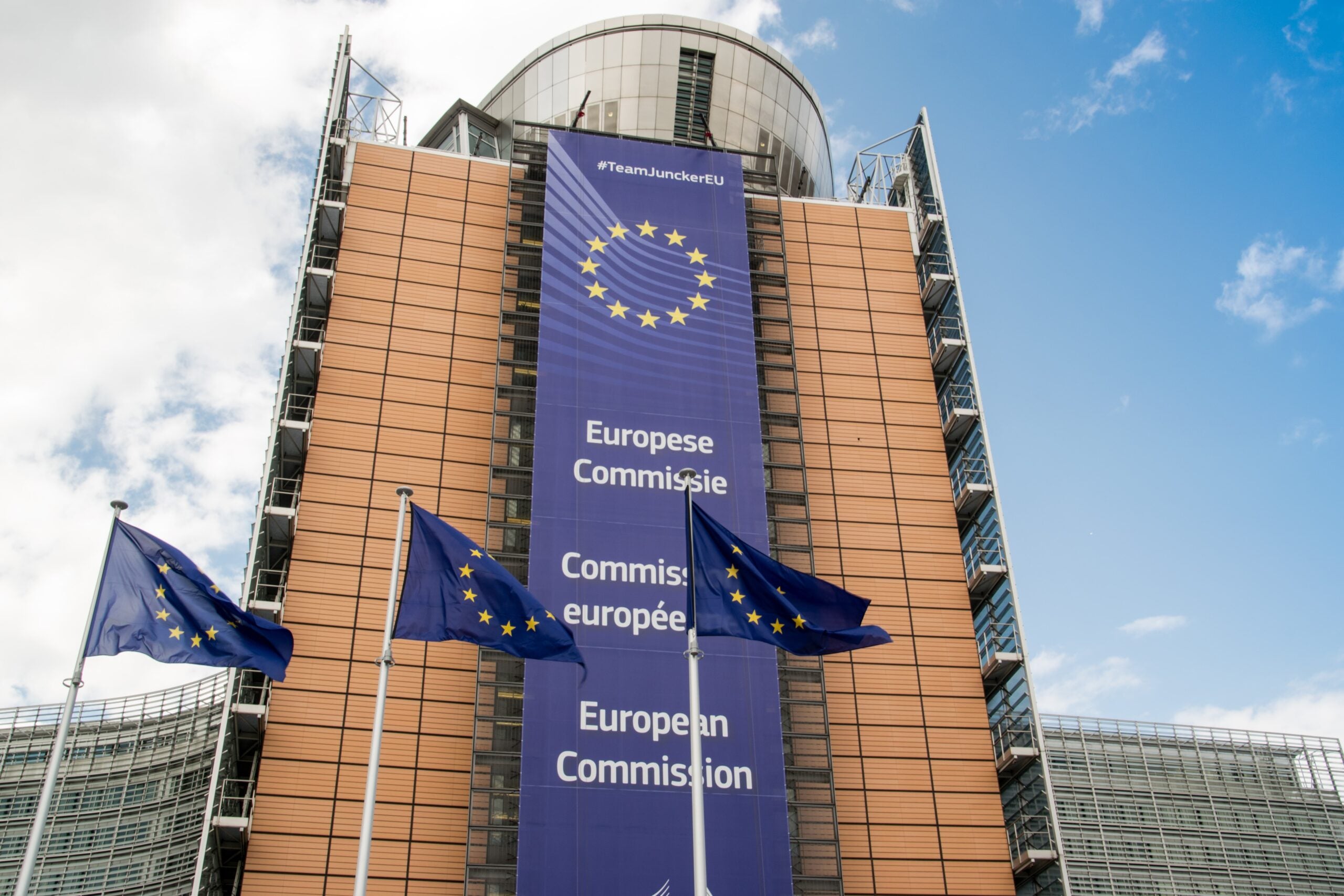
The European Commission will this month decide the parameters for power projects to receive an official “green” designation. The EU hopes that this will help guide private finance toward cleaner energy. Lawmakers have also proposed that the taxonomy would apply to later public finance initiatives.
A draft text of the taxonomy published by Euractiv would allow some nuclear and natural gas power plants to receive the “green” label. These projects would be considered “transitional” and not entirely sustainable, but lower than the current average of greenhouse gas emissions.

Discover B2B Marketing That Performs
Combine business intelligence and editorial excellence to reach engaged professionals across 36 leading media platforms.
In a statement, the European Commission said: “Taking account of scientific advice and current technological progress, as well as varying transition challenges across member states, the Commission considers there is a role for natural gas and nuclear as a means to facilitate the transition towards a predominantly renewable-based future.”
The rules would allow nuclear plants with a plan, funds, and a waste disposal site to receive green funding. This would apply to projects with a construction permit issued before 2045.
Projects to extend the lifespan of existing plants would also be eligible for green funding as long as they “include modifications and safety upgrades” in line with modern safety design standards.
Gas plant projects would need to receive construction permits before the end of 2030 to receive the green label. Plant designs would need to produce less that 270g of CO₂ equivalent per kilowatt hour, while allowing the plants to burn low-carbon gases in future. They would also need to demonstrate their ability to displace equivalent coal projects, alongside other requirements.

US Tariffs are shifting - will you react or anticipate?
Don’t let policy changes catch you off guard. Stay proactive with real-time data and expert analysis.
By GlobalDataPolitical reactions highlight different approaches to power in Europe
The draft has attracted criticism from politicians within the bloc. Luxembourg’s energy minister has also said that the proposed taxonomy could allow for greenwashing despite aiming to suppress it.
Vorschlag der @EU_Commission zur #Taxonomie ist prozedural eine Provokation, inhaltlich birgt der Vorschlag Gefahr eines Greenwashings von Atom-Risikotechnologie. Werde zusammen mit @DieschbourgC &🇩🇪&🇦🇹 Umweltministern die Vorschläge im Detail prüfen & weitere Schritte besprechen
— Claude Turmes (@ClaudeTurmes) January 1, 2022
Germany’s coalition government has objected to the inclusion of nuclear, while coalition members from the Green Party have also objected to including gas. Germany plans to stop generation at all its nuclear plants by the end of this year in response to the Fukushima disaster 10 years ago.
Environmental protection minister Robert Habeck told Germany’s DPA press agency that the proposal would “water down the good label for sustainability”. He continued: “From our point of view, we did not need this addition to the taxonomy rules. We do not foresee an approval of the new proposals.”
The coalition’s largest partner, the SDP, has tried to mitigate the criticisms of nuclear to avoid upsetting neighbouring France. France relies heavily on nuclear and has pushed to include nuclear in the taxonomy over the past year. The country also sells its power to neighbouring countries including Germany.
The inclusion also has the backing of six EU nations, including Poland and Czechia. On Tuesday, ministers of these countries signed a joint letter to the EU Commission supporting including gas and nuclear in the green taxonomy.
Before now, EU advisors had suggested a 100g CO₂/kWh limit for green gas projects. Gas projects in coal-heavy areas already have access to the EU’s Covid-19 recover fund.
Consultations on the draft began on 31 December. Member states will have until 12 January to provide feedback on the draft.





